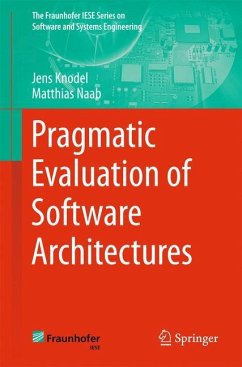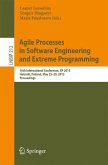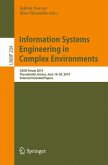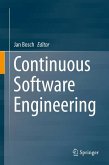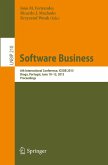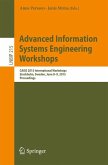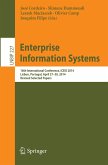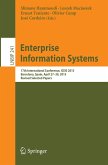Thorough and continuous architecting is the key to overall success in software engineering, and architecture evaluation is a crucial part of it. This book presents a pragmatic architecture evaluation approach and insights gained from its application in more than 75 projects with industrial customers in the past decade. It presents context factors, empirical data, and example cases, as well as lessons learned on mitigating the risk of change through architecture evaluation.
By providing comprehensive answers to more than 100 typical questions and discussing more than 60 frequent mistakes and lessons learned, the book allows readers to not only learn how to conduct architecture evaluations and interpret its results, but also to become aware of risks such as false conclusions, manipulating data, and unsound lines of argument. It equips readers to become confident in assessing quantitative measurement results and recognize when it is better to rely on qualitative expertise.
The target readership includes both practitioners and researchers. By demonstrating its impact and providing clear guidelines, data, and examples, it encourages practitioners to conduct architecture evaluations. At the same time, it offers researchers insights into industrial architecture evaluations, which serve as the basis for guiding research in this area and will inspire future research directions.
By providing comprehensive answers to more than 100 typical questions and discussing more than 60 frequent mistakes and lessons learned, the book allows readers to not only learn how to conduct architecture evaluations and interpret its results, but also to become aware of risks such as false conclusions, manipulating data, and unsound lines of argument. It equips readers to become confident in assessing quantitative measurement results and recognize when it is better to rely on qualitative expertise.
The target readership includes both practitioners and researchers. By demonstrating its impact and providing clear guidelines, data, and examples, it encourages practitioners to conduct architecture evaluations. At the same time, it offers researchers insights into industrial architecture evaluations, which serve as the basis for guiding research in this area and will inspire future research directions.
"The focus of this well-organized guidebook is the evaluation of software architectures. It presents practical experience- and context-based guidance for software architecture evaluations. ... it is of value to software engineers, software architects, designers, managers, and software evaluators. ... this book contributes to our understanding of software architecture via guidance for the pragmatic evaluation of software architecting and supports software architecture's central role in the development, maintenance, and improvement of software." (J. M. Perry, Computing Reviews, November, 2016)

